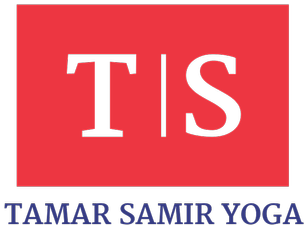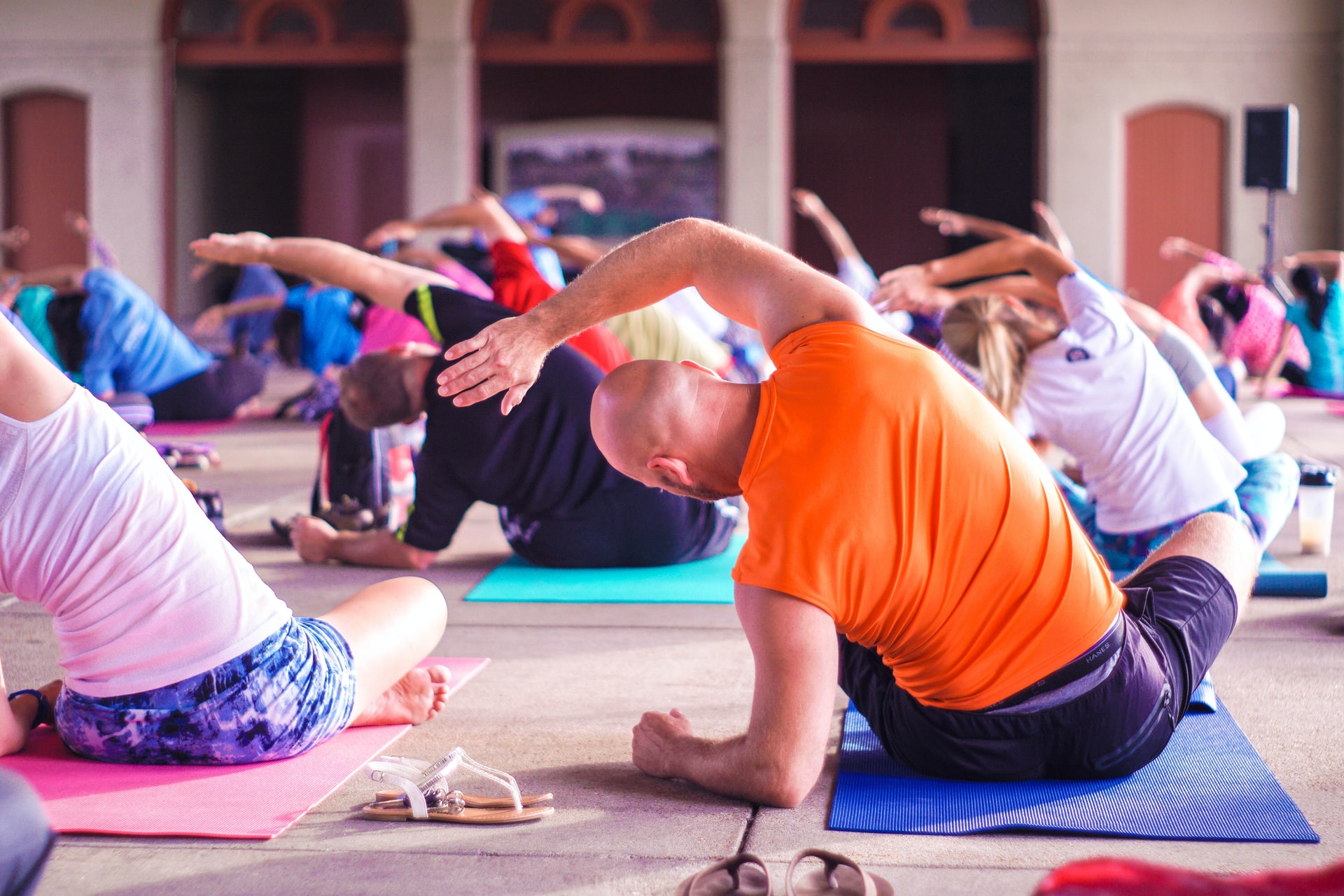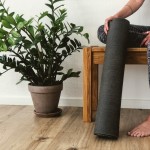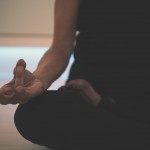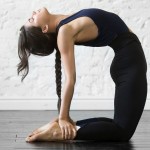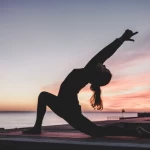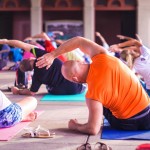It's like jeans. There are hundreds of attitudes, some feel great, others hideous. Here is an overview of the most important yoga exercises for beginners, how to practice them, and what they do.
Asanas - or yoga exercises - are postures. We practice them to stay healthy, to become strong and flexible. We also practice them to try something new and face challenges. Finally, we practice it to find out something about ourselves. Are we about to stretch our weapons? Do we want to shine? Do we also practice mindfully and what does that even mean?
Asana literally means “seat” or “connection to the earth” in Sanskrit. As esoteric as it may sound, it knows a lot from his life. Sometimes we have both feet firmly on the ground, other times we feel lost and weak. We practice asanas in order to gain self-confidence, grounding, and lightness through a healthy connection to the earth.
Here is an overview of the most important groups of asanas :
1. Yoga exercises: standing postures
You can even practice Tadasana in the queue at the supermarket and immediately feel the effect of this position: you feel the earth that carries you under the linoleum, above the pale lighting the wide sky and deep within you peace and quiet.
Effect and benefits:
- Strengthening the entire musculature, especially the legs and torso
- Activation of the core muscles
- Grounding, confidence, and balance
When you have understood Tadasana and your body knows what is meant, you will find the mountain as an anchor in many other asanas. Without an understanding of Tadasana, you will lack that grounding in asana practice that enables you to develop yourself further.
Manual:
- Stand up straight. The big toes and heels can touch each other, but you can also place your feet hip-width apart for better stability
- Activate your feet, lift the arches of your feet, make your toes long
- Lift the knee joints to activate the thigh muscles
- Try to feel the tailbone and pubic bone together
- Stretch your flanks
- Keep the back of your torso wide as you lift your sternum up and make your collarbones long
- Feel the natural curves of your spine and bring your cervical spine with them in line
- Now let yourself sink deeper into the earth down your navel and lift yourself further up your navel
- Relax your eye muscles and let your breath rush from head to toe and back
Also read Yoga for Yoga Beginners: Basic Knowledge & Tips
Of particular note:
- Don't cramp your toes
- Pay attention to the weight distribution on your feet
- Activate your leg muscles without pushing your knees backward
- Be careful with a strong hollow back
- Try to keep your pelvis neutral and not tilt
- Don't shrug your shoulders
- Don't stick your chin out
- Don't cramp your arms or hands
- Don't let your gaze go rigid
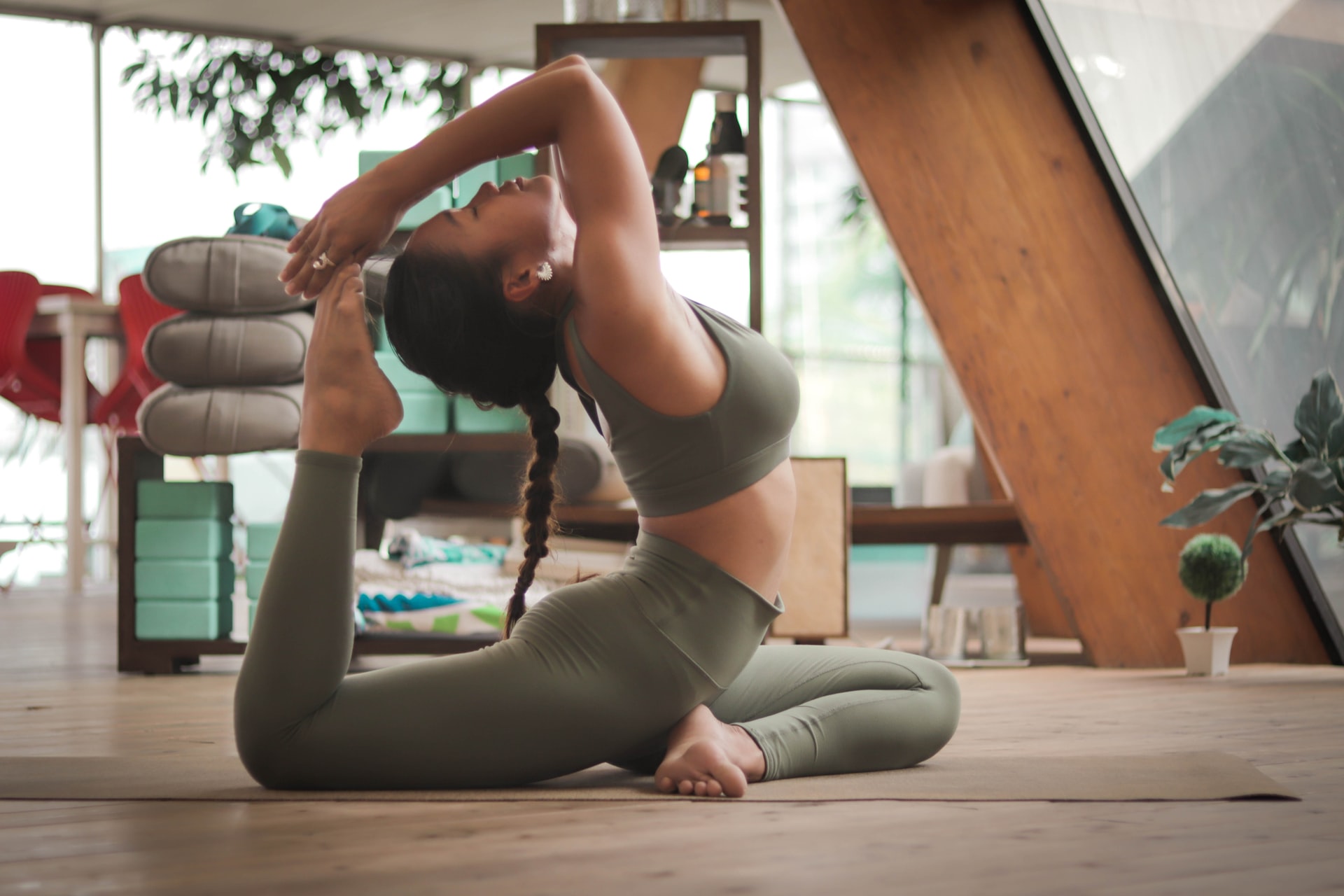
2. Yoga Exercises: Prevention
In this forward bend, you learn to let go. There is something deeply calming about the feeling of letting gravity work and being close to the earth.
Effect and benefits:
- Has a healing effect on stomach problems, as well as menstrual cramps. Relaxes and opens the shoulders and neck area
- Relaxes psoas muscles and hamstrings
- Strengthens the legs
- Stretches the back of the leg muscles and lower back
- Good for the liver, gall bladder, and kidneys
- Has a calming effect on the entire nervous system
- Relaxes the eye muscles
- The bow inherent in the posture acts like a gesture of humility and results in the possibility of not taking yourself so seriously any longer
You might be interested in reading The Fourth Chakra, Health Check For Yoga Beginners, & Pranayama for Allergies.
Manual:
- Activate your legs with awake feet as in Tadasana
- Pull your kneecaps up and keep your knees slightly flexed
- Allow gravity to work and relax your arms and head
- Try to stretch the front and back of your torso equally
Of particular note:
- If the rear thigh muscles are tense, often referred to as “shortened”, as well as any kind of back pain, bend the knees sharply
- In this case, do not bend from the lower back, but rather from the acetabulum, i.e. from below
- Remember that your legs carry the weight of your upper body, not your lower back
3. Yoga Exercises: Back Bends
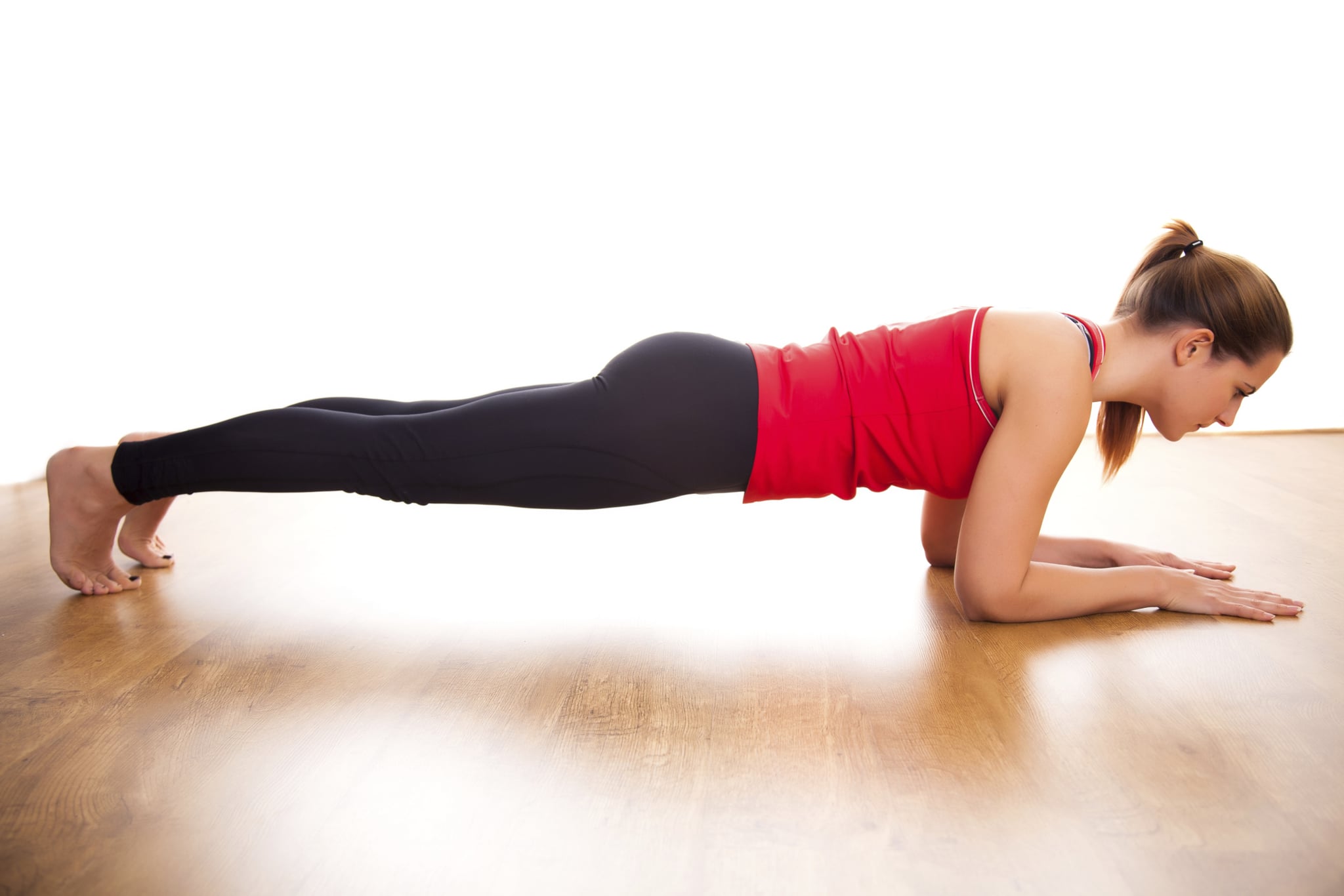
In a backend, you open the front of the body, which has a positive effect on the heart, lungs, and mood.
Effect and benefits:
- Calming and harmonizing the nervous system
- Strengthening the inner leg muscles
- Opening of the shoulders
- Strengthening of the ankles, buttocks, and calf muscles
Manual:
- Lie on your back and place your feet hip-width apart so that you could theoretically touch your heels with outstretched hands
- Bring your shoulders under you without losing the sense of space in your shoulder girdle
- Cross your hands in a fist and push your arms behind your back
- Raise your pelvis until your sternum almost touches your chin
- Now push the middle of the back of the head back into the ground so that the natural curve in the neck remains and you don't double chin
- Now let go of your hands and rest on the ground with your palms facing up
- You may also want to take a block under the lowest part of your back on the level that is comfortable and hold the pose for up to five minutes
Of particular note:
- Make sure your knees don't fall apart. You can wedge a block between your thighs as a precaution
- Make sure that the lower back stays nice and long
- Work less with the buttocks than with the thigh muscles and imagine that the thighs are rotating inward
4. Yoga Exercises: Twists
In every turn, you feel how important your base is. You can only turn when your feet, your legs, your pelvis are strong. So you always experience both: grounding and the feeling of wringing something out, seeing more clearly
Effect and benefits:
- Strengthening the leg muscles
- Tightening of the abdominal and gluteal muscles
- Stretching the front and the flanks
- Opening of the rib cage
- Detoxification of the internal organs such as the liver and kidneys through the rotation
Manual:
- Lunge with your right foot behind you
- Align your pelvis in a neutral way and create length and width in the pelvis and lower back
- Now take your left hand to your left hip and gently pull it back to stabilize the position of the pelvis
- Now turn your upper body to the left and open your chest up towards the sky
- Lastly, take your left hand and stretch it far up
- Then practice on the other side
Of particular note:
- Leave your right shoulder unimpressed and make sure that it doesn't slide up towards your ear
- Make sure that your back knee is always looking straight down and your foot is at an exact 90-degree angle
- Rotate the neck and head only as far as it feels good
- Not suitable for pregnant women
- Yoga exercises hip opener
Realizing that your knees are not coming to the floor in this hip opener exercise only distresses those who strive for perfection rather than love. True yogis sit on a pillow and find solace in straightening up, inside and outside.
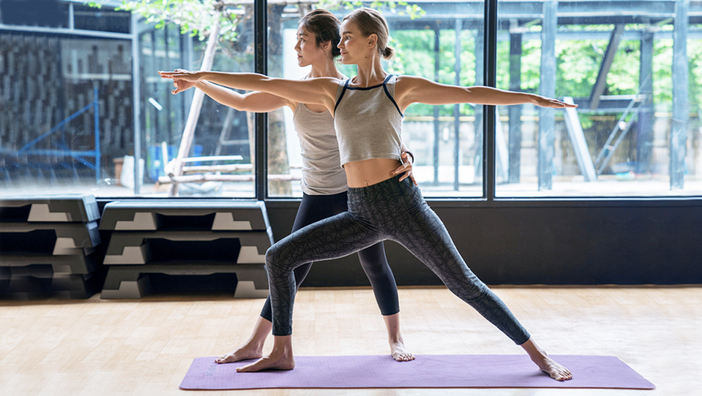
Effect and benefits:
- Opening of the hips
- Helps with all urinary tract and bladder diseases
- Supports blood circulation in the pelvis, lower abdomen, and lower back
- Prevents sciatica and hernia
- Strengthens and strengthens the fertility organs
- Has a beneficial effect during pregnancy
Manual:
- Sit on the floor and stretch your legs out in front of you
- Bend your knees, bring the soles of your feet together and close to you
- Grab your feet and bring your toes and soles together and your heels to your perineum.
- Now straighten up your upper body nicely and let your shoulder sink
- Only when your knees are almost touching the floor do you bend forward and rest your head on your hands or on a block
Of particular note:
- If you have back problems, as in any forward bend, make sure to sit elevated
- Be careful not to push your knees towards the floor
- Don't cramp your shoulders or jaw
And lastly, don't forget that you are a beginner in yoga. You have the privilege to do many things for the first time, to be allowed to make mistakes, to be curious. We all envy you very much for it.
